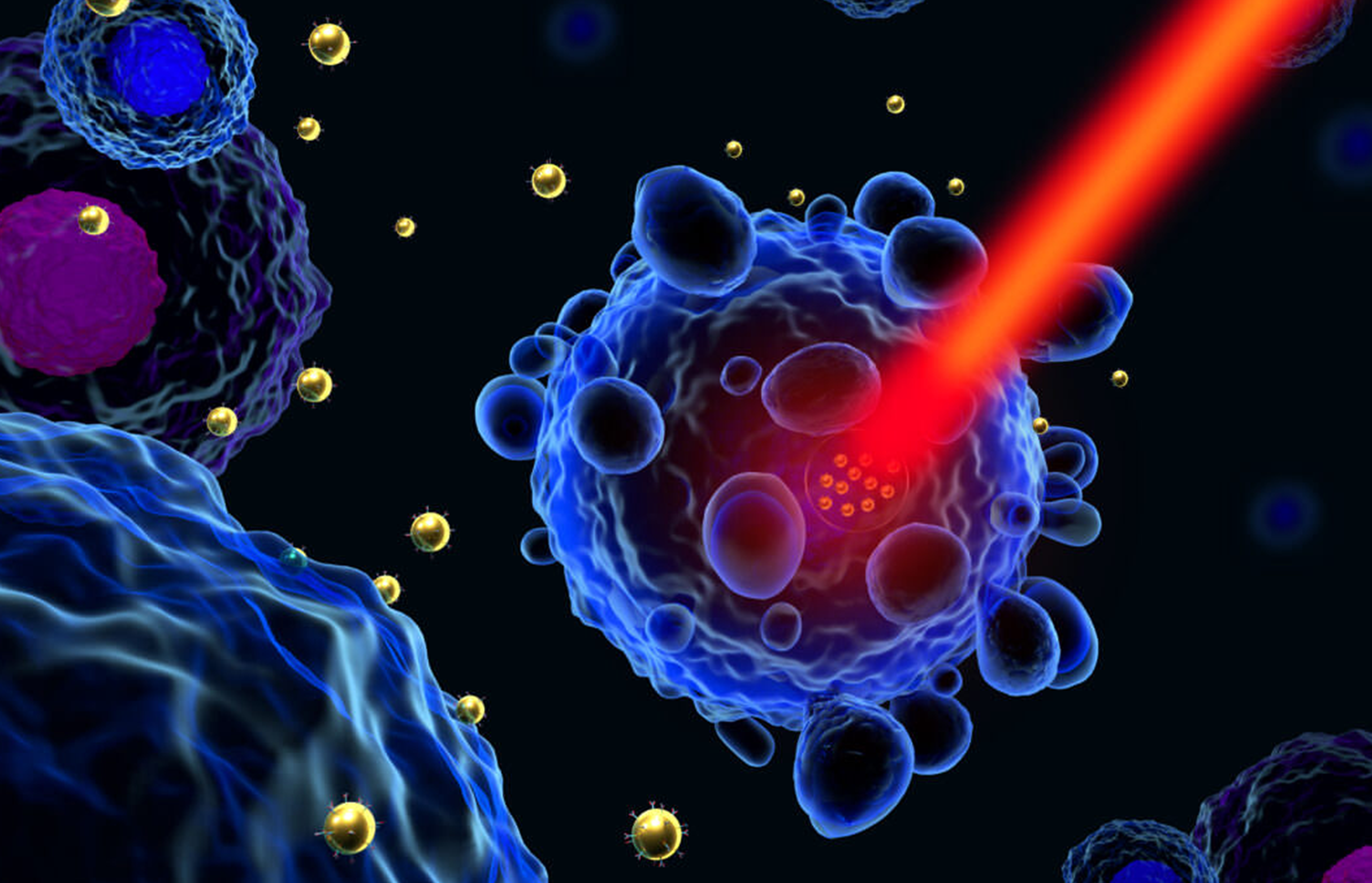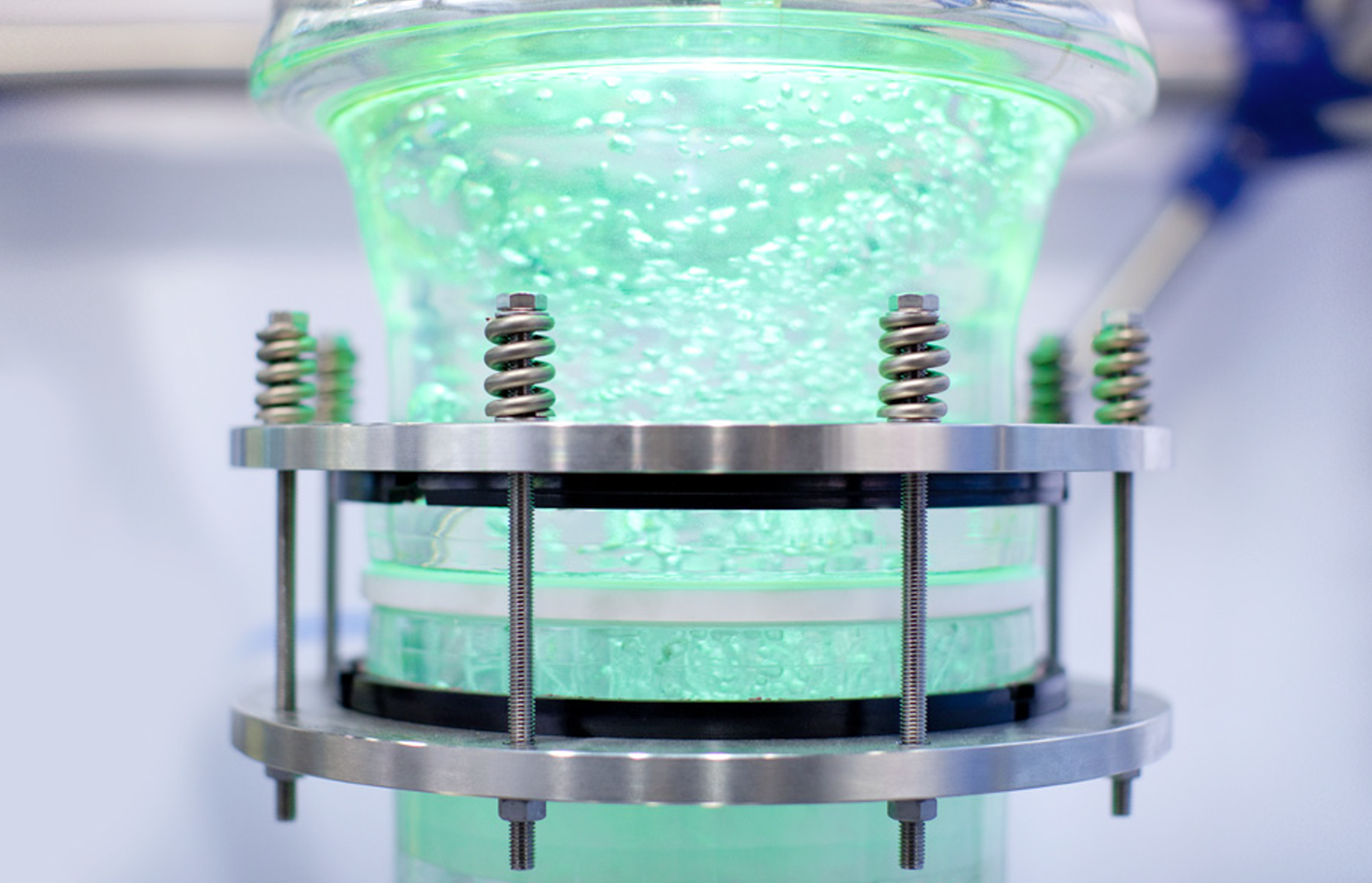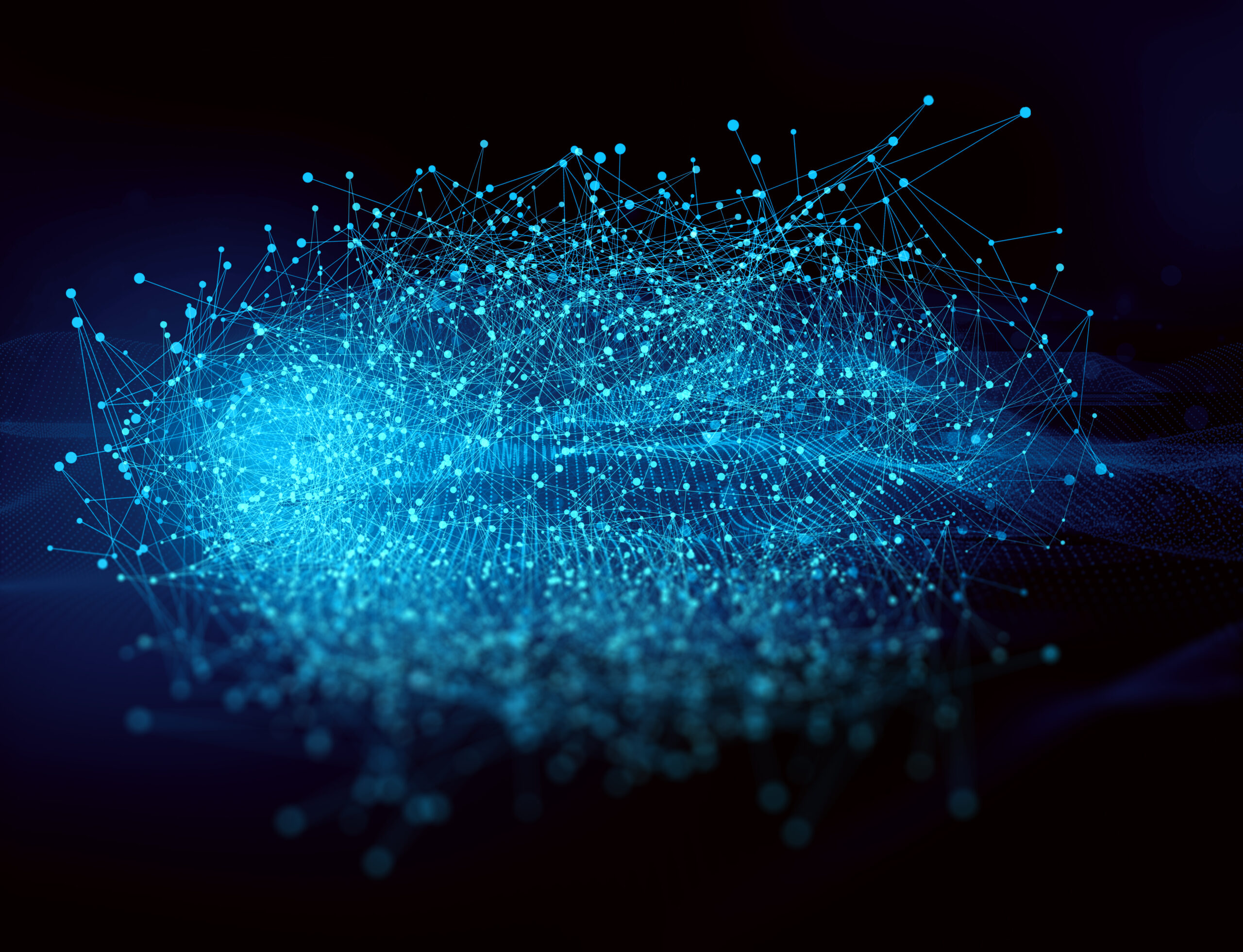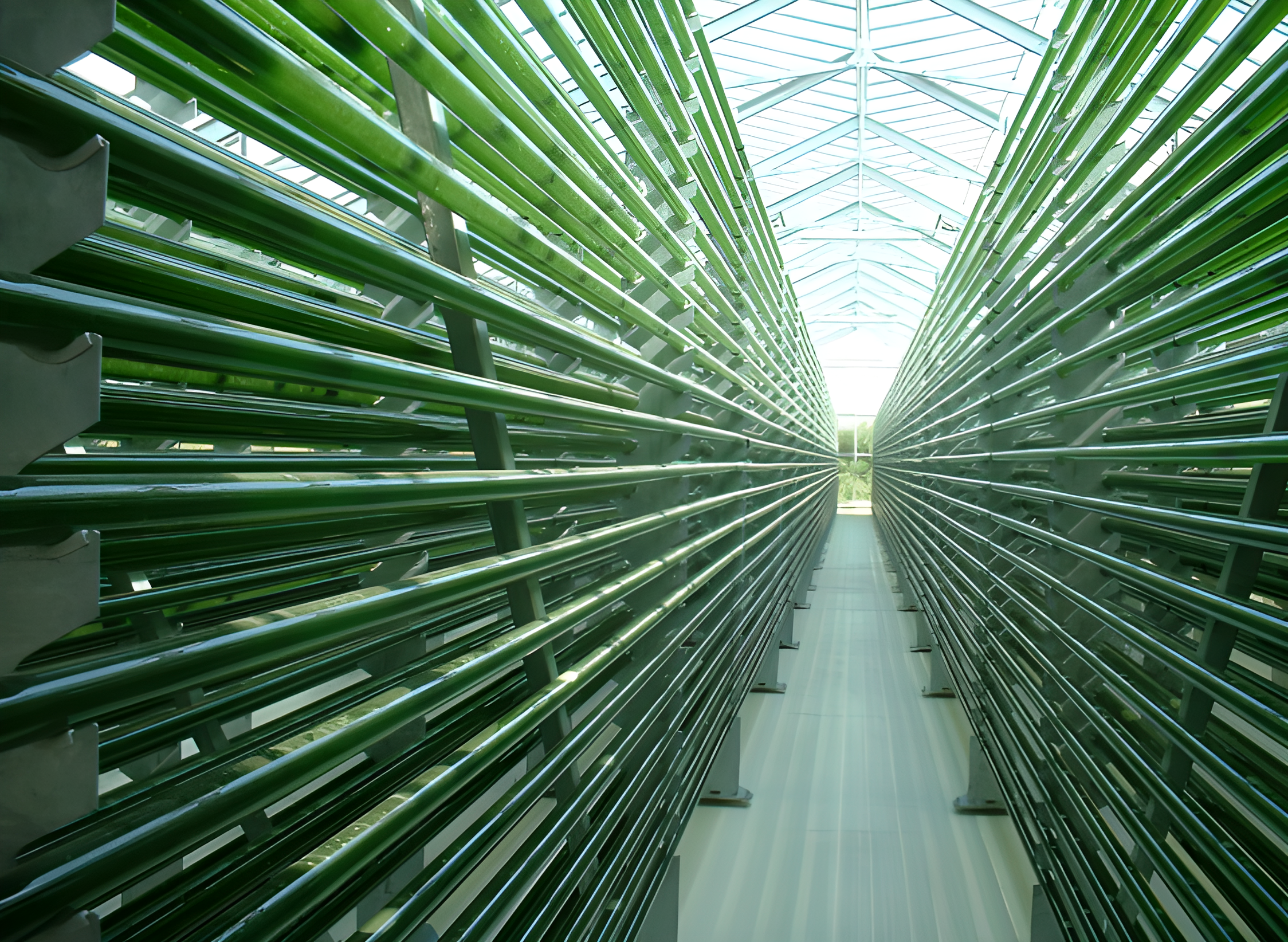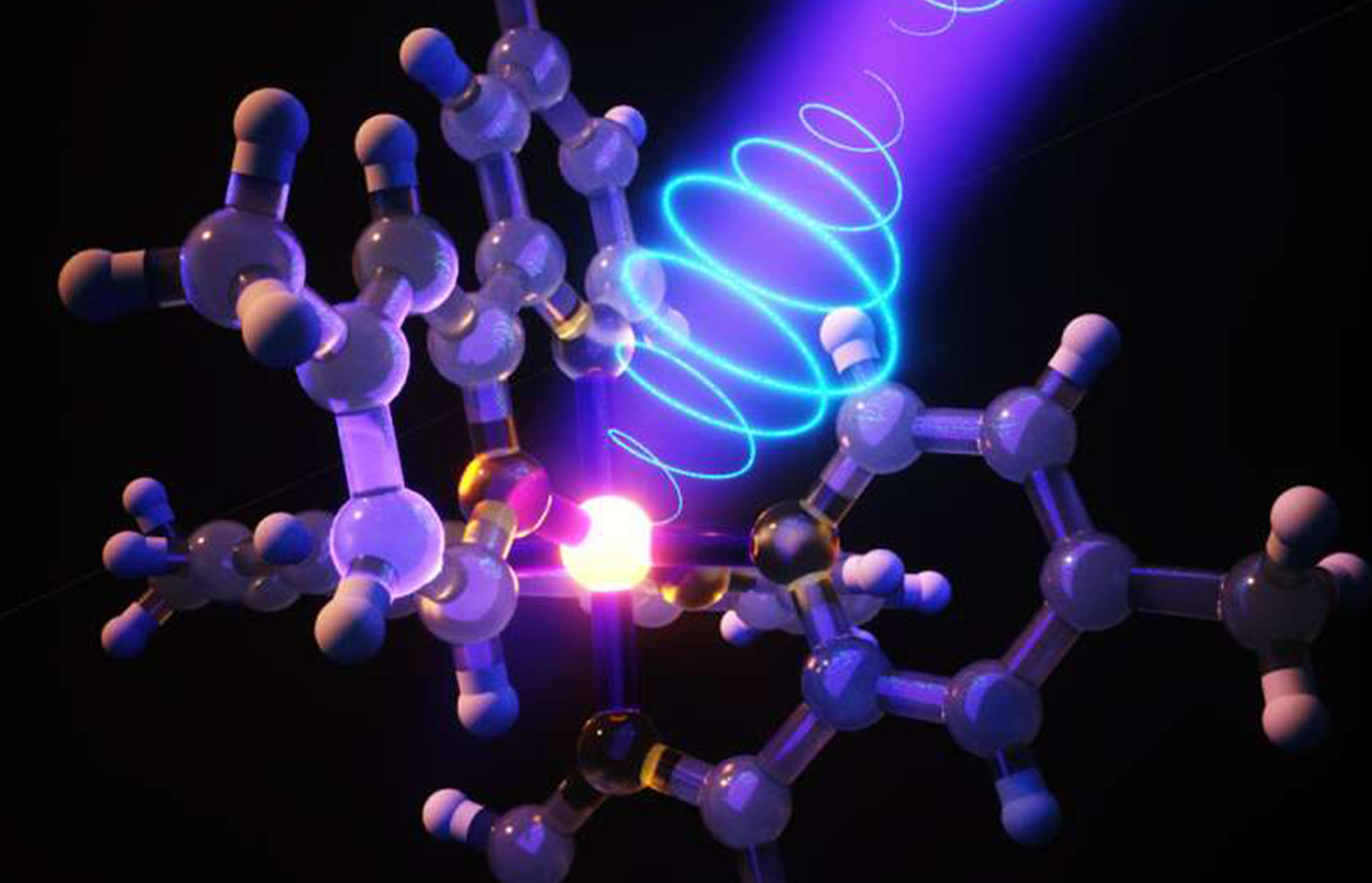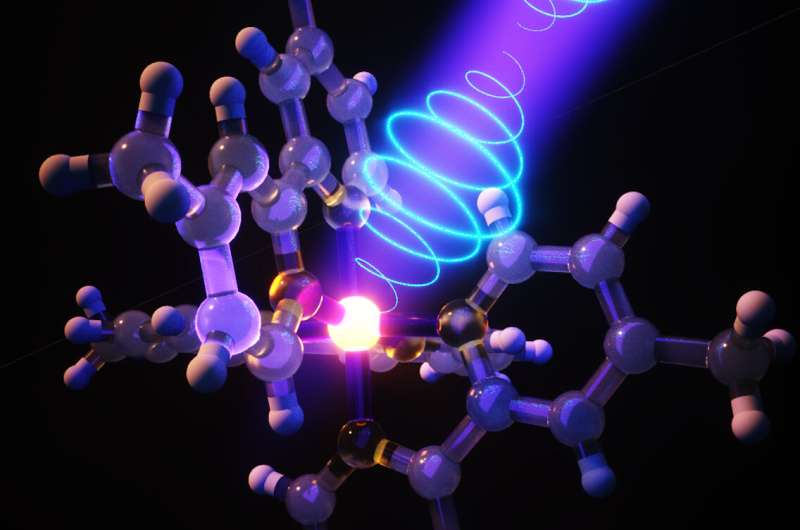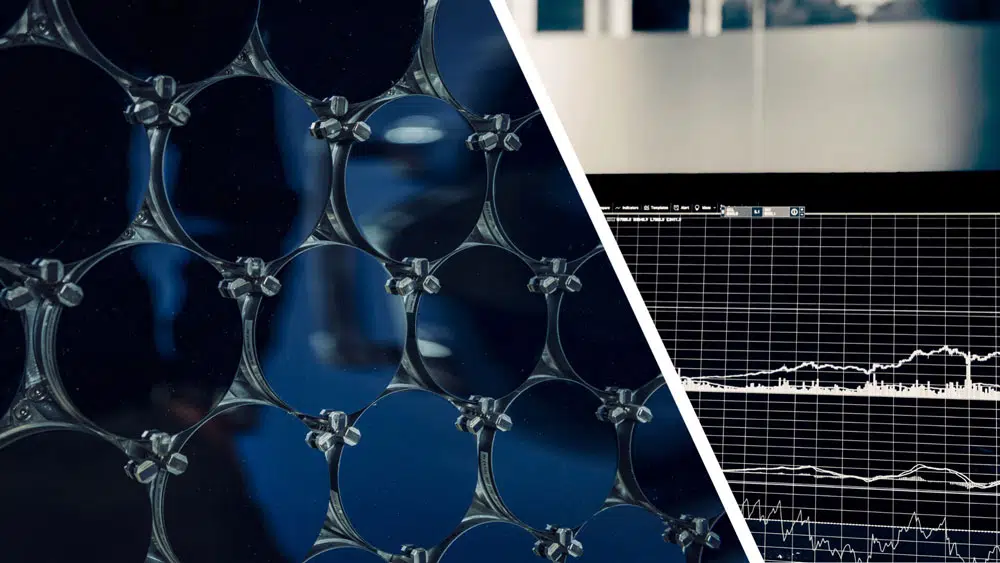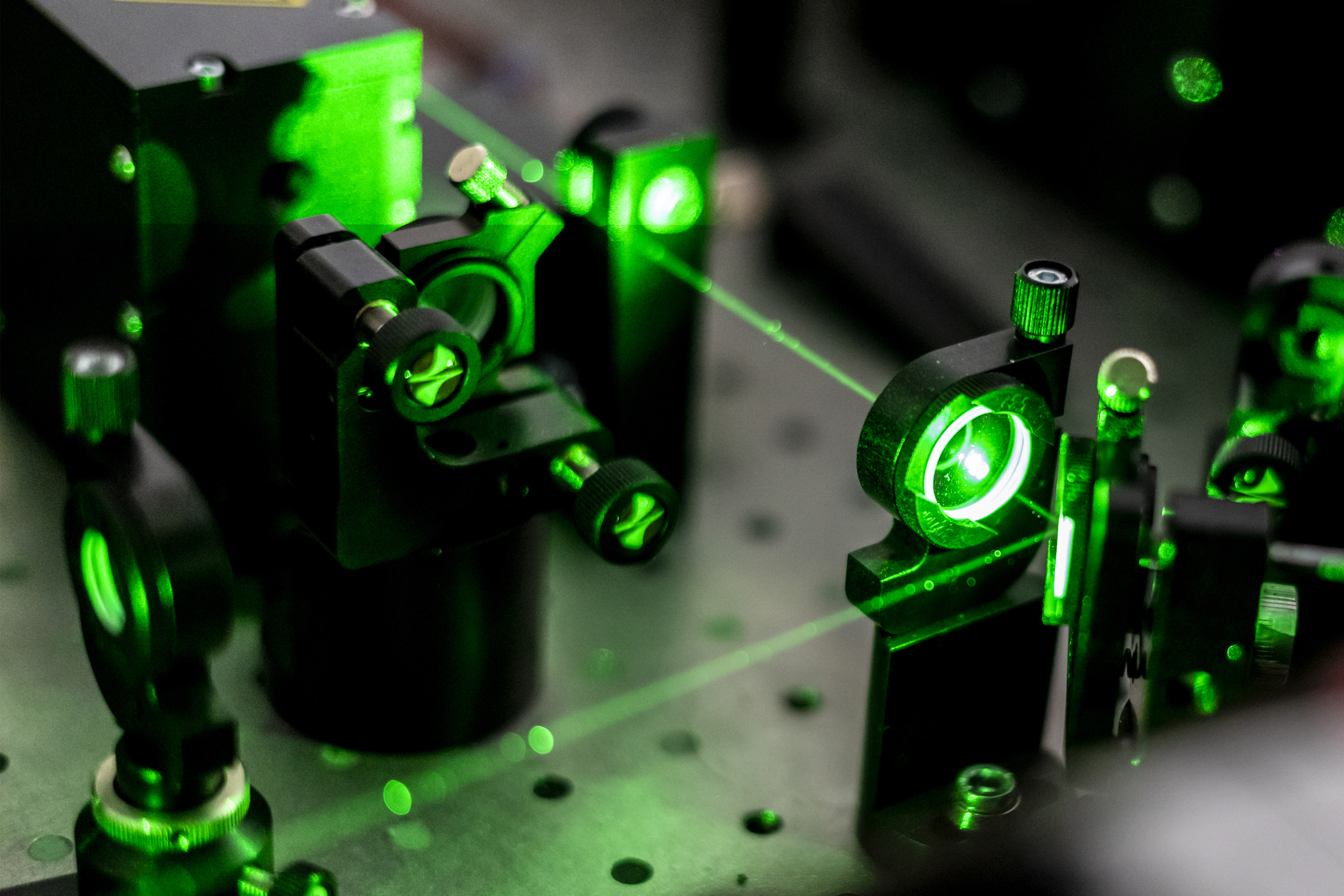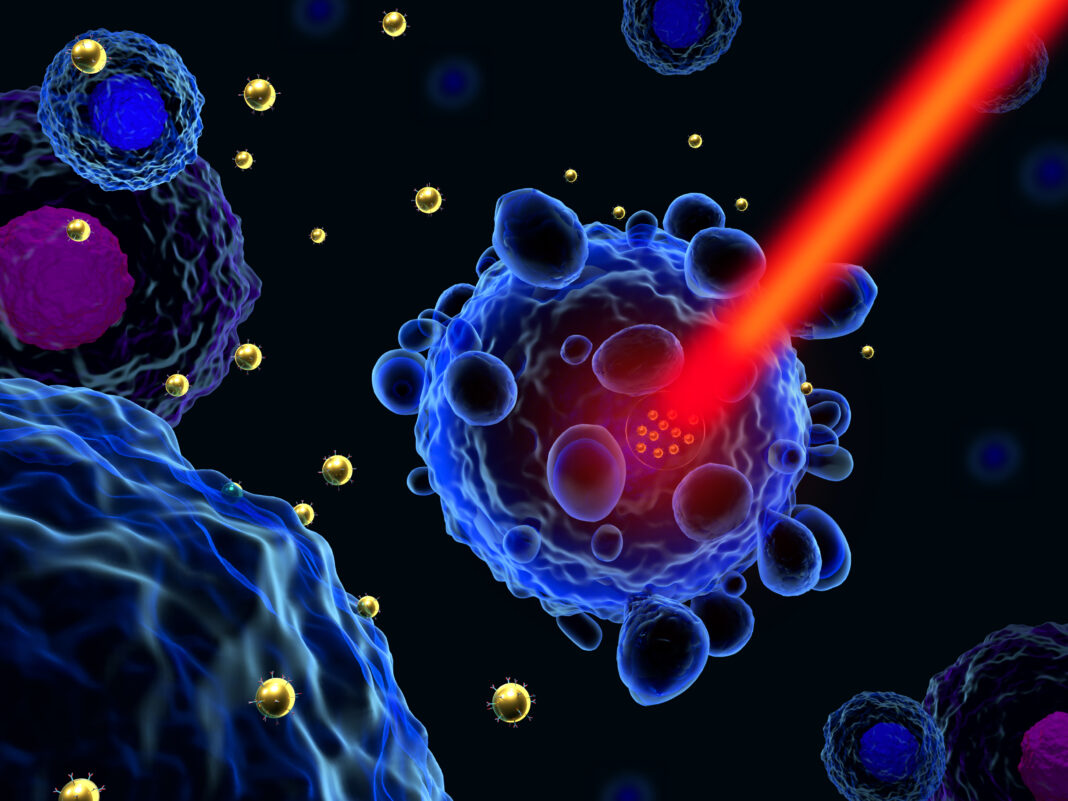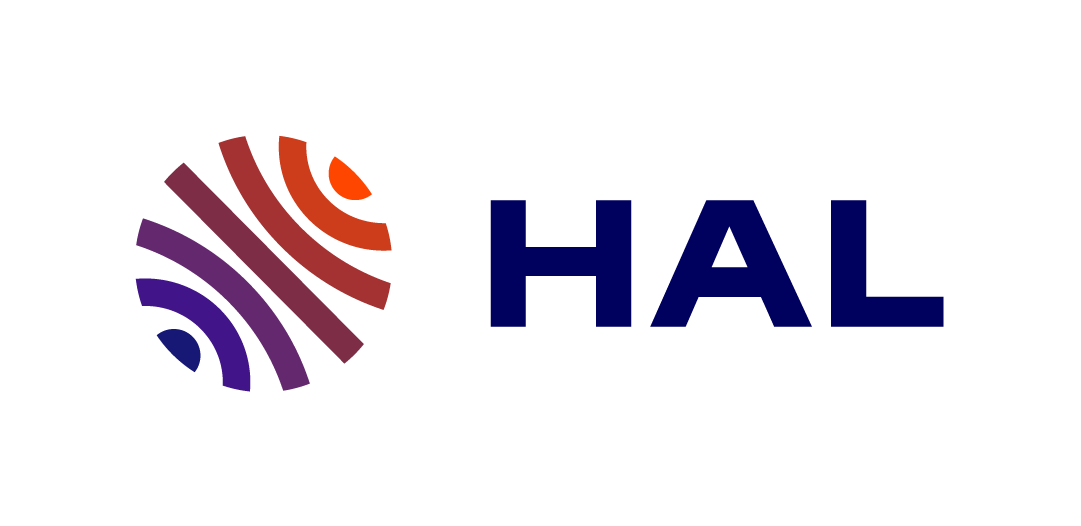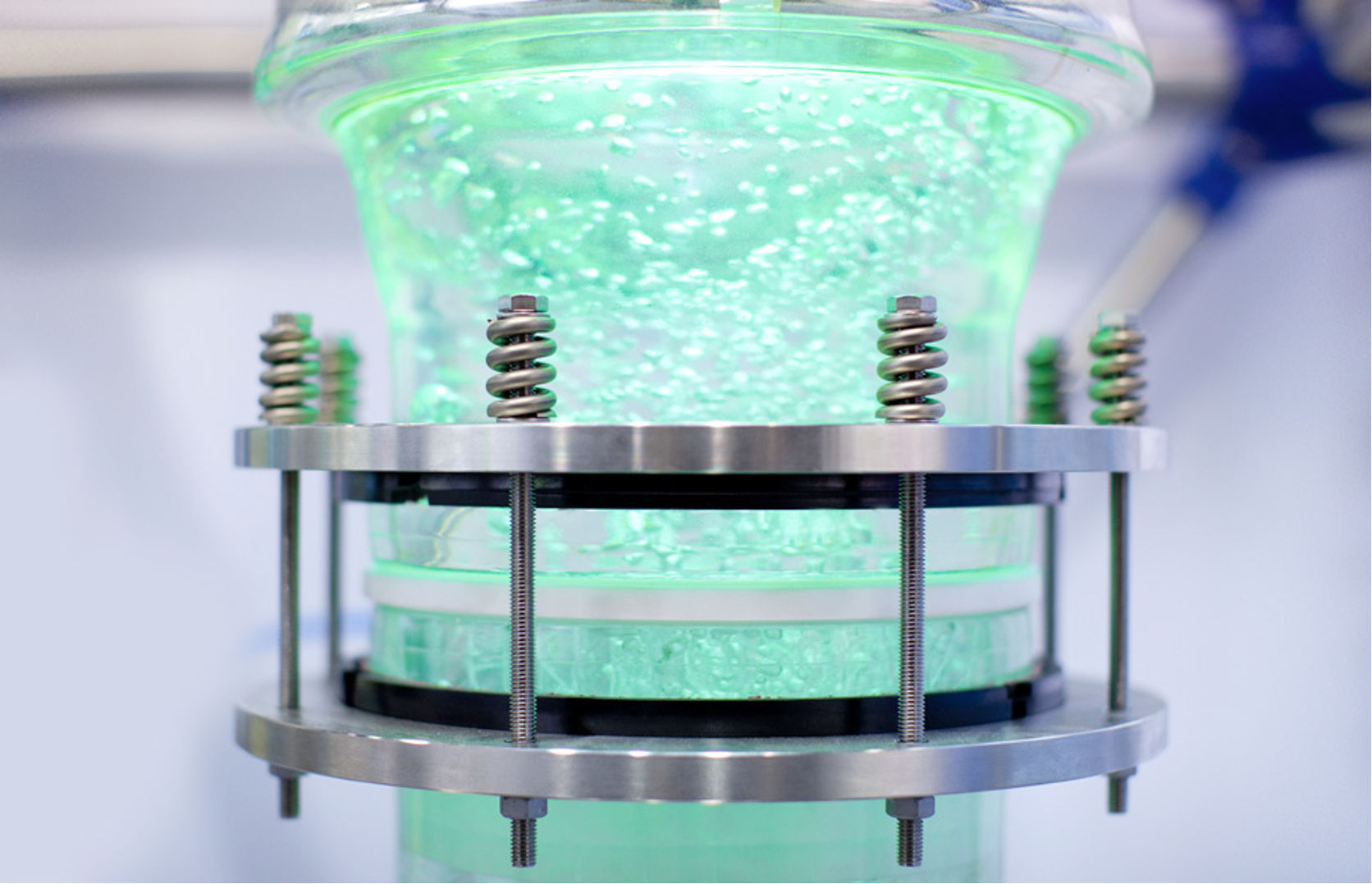
SUNRISE Project
© De Dietrich Process Systems
Surpassing intrinsic shortcomings of excited states to improve the efficiency and spatial resolution of photoinduced processes
Keywords
plasmonic effects, photochemical processes, radical photopolymerisation, oxidative polymerisation, functionalized metal nanoparticles
Summary
The goal of the SUNRISE project is to exploit plasmonic interactions to (1) improve the efficiency of nanoscale photochemical transformations such as photopolymerization, (2) overcome the diffraction limit of light to improve the resolution of photolithography, and (3) flexibly fabricate large nanostructured surfaces for integration into innovative photochemical reactors and microfluidic devices.
The planned applications span multiple industrial sectors and promise transformative solutions in the strategic areas of gases, recycling, eco-design, sustainable materials, urban mining, and energy materials. In addition to its scientific impact, the project aims to disseminate knowledge through workshops and thematic schools, enabling the scientific community to gain a better understanding of plasmonic interactions with molecular materials.
Scientific expectations
Manager : Stephane Parola
The first task is to develop the synthesis and characterization of metal nanoparticles with specific size, shape, and chemical functionalization. In addition to providing samples to start the project, nanoparticle synthesis and characterization techniques will be shared among the partners to train young researchers. The mechanistic investigation will use advanced spectroscopic techniques to disentangle the contributions of electronic and photothermal effects in plasmon-assisted photoreactions, including photopolymerization and non-equilibrium self-assembly. The results will serve as a model for the design of plasmon-enhanced photoreactions.
Manager : Vitor Brasilense
New optics-based sub-diffractive fabrication techniques involving two-color manipulation of photoreactivity will be used to achieve nanoscale resolutions analogous to super-resolved imaging but at lower intensities. In subtractive or additive approaches, one wavelength initiates a photochemical reaction that is inhibited or enabled by a second beam. Photogeneration of a molecular gelling agent and its inhibitor will confine its diffusion, further limiting the non-equilibrium self-assembly triggered by the resulting critical concentration, triggered by nucleation growth, to sub-diffraction dimensions. Super-resolved operando monitoring of the surface modification process will be implemented in real-time using the novel ultrasensitive QPI technique (IdV patent) to enable unprecedented real-time mapping of surface reactions with nm resolution.
Manager : Olivier Soppera
Subdiffraction-limited patterning will be explored using plasmon-assisted photopolymerization. Plasmon resonance nanophotolithography will then be pushed to unprecedented limits with the ultimate goal of demonstrating the initiation of a photopolymerization reaction at the scale of a single (macro)molecule. Instead, the next step will be to investigate how plasmonic interactions can enhance triplet-triplet upconversion (TTA UC), with the goal of further improving the resolution of this two-photon process by nanoscale confinement of reactants and excitation.
Manager : Florent Malloggi
To apply photoinduced patterning to large surfaces, we will use laser-induced transfer (LIT) and self-assembly of nanocomposite films containing metal nanoparticles and catalysts. This flexible technique will be adapted to functionalize large surfaces (from mm to tens of cm2) with different nanomaterials deposited in micrometer-sized areas. And, thanks to laser-activated localized nanografting of nanoparticles, it will be used to functionalize specific areas of photoreactors in micro- or millifluidic devices for applications in photoinduced synthesis and detection.
Consortium
iDV • Paris
Institut de la Vision
Pascal Berto
IS2M • Mulhouse
Institut de Science des Matériaux de Mulhouse
Céline Molinaro, Olivier Soppera
ISM • Talence
Institut des Sciences Moléculaires
Dario Bassani, André Del Guerzo, Anh Thy Bui
LabHC • Saint-Etienne
Laboratoire Hubert Curien
Tatiana Itina, Nathalie Destouches
LCH • Lyon
Laboratoire de Chimie de l’ENS de Lyon
Stéphane Parola, Frédéric Lerouge
NIMBE • Saclay
Nanosciences et Innovation pour les Matériaux, la Biomédecine et l’Énergie
Florent Malloggi
PPSM • Gif-sur-Yvette
Photophysique et Photochimie Supramoléculaires et Macromoléculaires
Vitor Brasilense
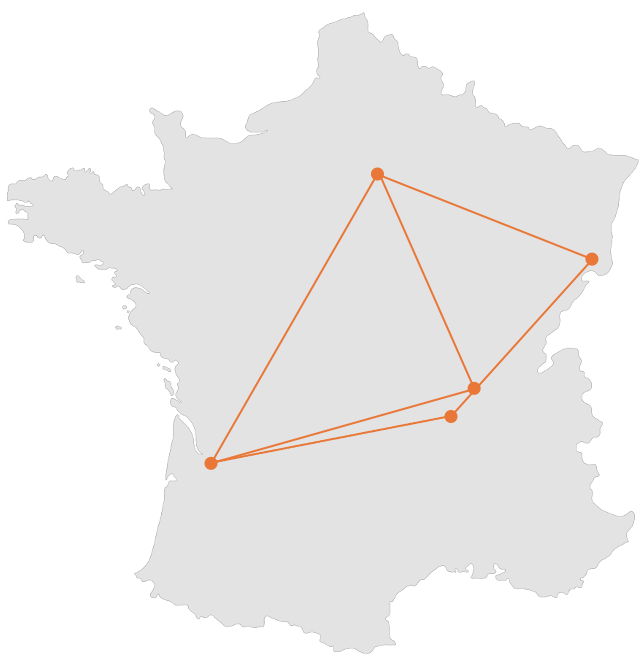
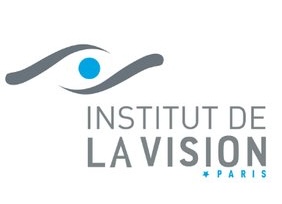
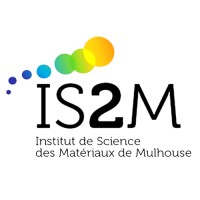
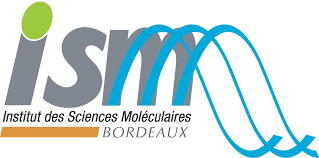

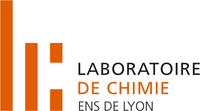
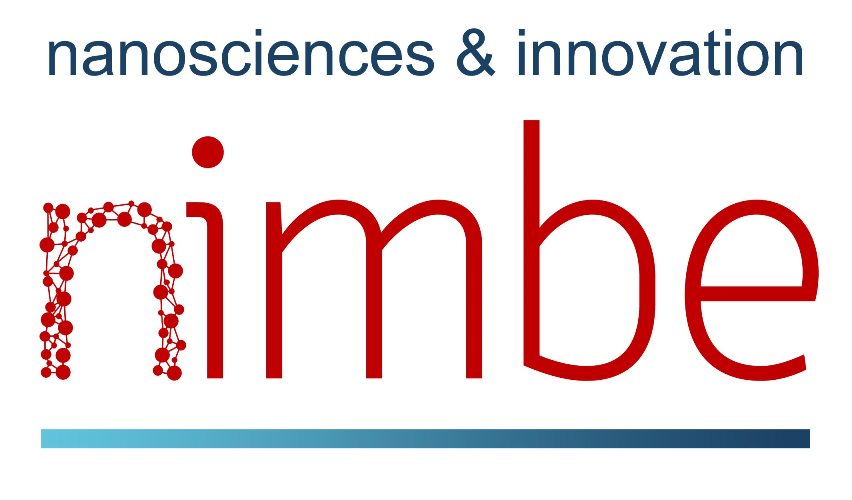
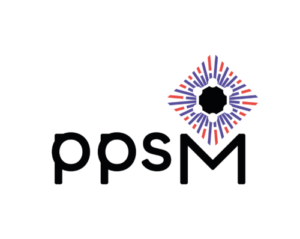
SUNRISE project publications
Conference papers
- Eles B., Rouquette P., Amra C., Lefkir Y., Hubert C., et al.. Multi-timescale dynamics of plasmonic nanocomposite thin films under high-repetition-rate femtosecond laser-induced transformation. Congrès Général de la Société Française de Physique, Jun 2025, Troyes, France. ⟨hal-05080491⟩
- Destouches N., Liu Z., Vocanson F., Bakhti S., Hubert C.. Laser-induced self-organization of plasmonic nanoparticles. Japan-France Workshop on Photo-Electro-Responsive Molecules & Materials, Mar 2025, Gif -sur-Yvette, France. ⟨hal-05080505⟩
Les autres projets PEPR
